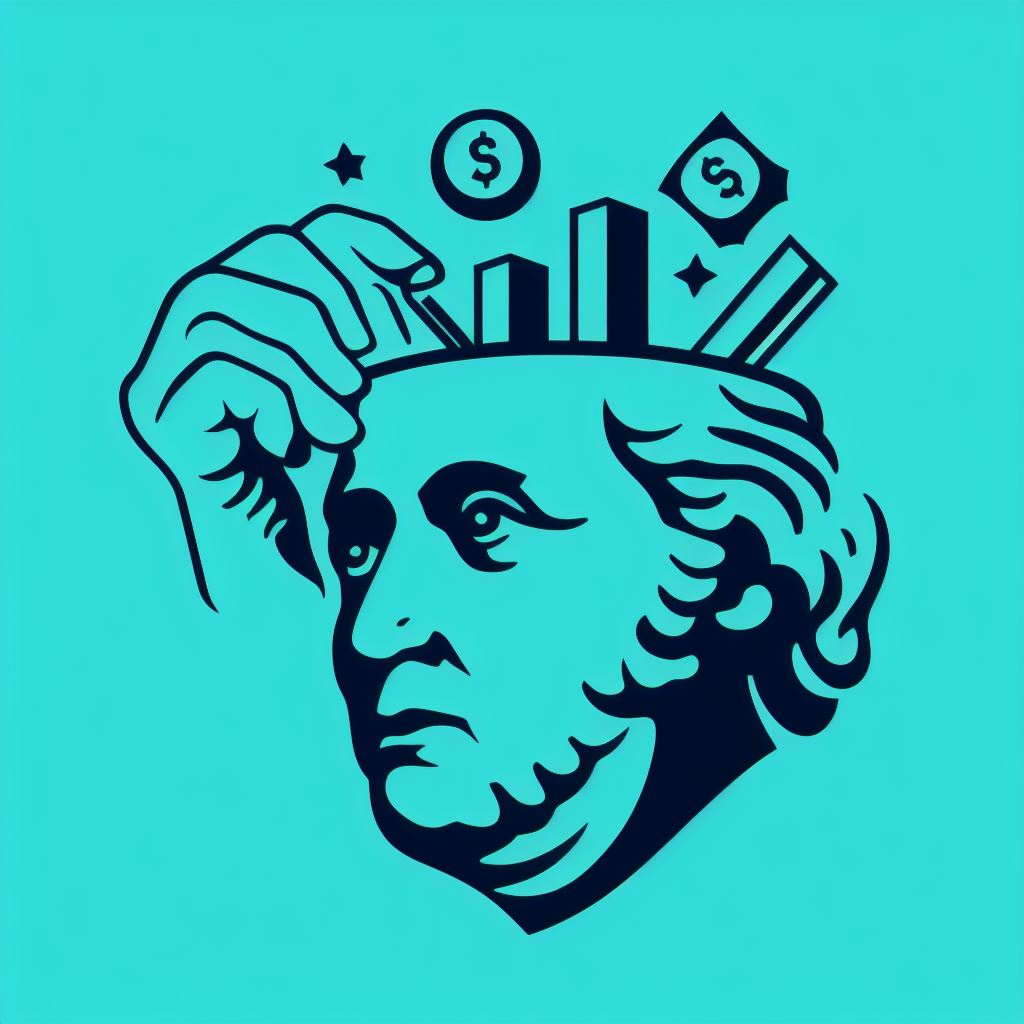Demand (along with Supply) is most likely the first thing that comes to mind when thinking about economics. In Microeconomics, demand is defined as the overall willingness and ability of the market to purchase certain goods and services at various prices.
We can describe the behavior of demand through the Law of Demand – there is an inverse relationship between the price of a good and the quantity consumers are willing to purchase. This is because of two factors:
The Income Effect – As the price goes down, people can afford to buy more items and have more purchasing power. For example, if on my income, I have $200 budgeted towards eating meals outside, and my go-to restaurant lowers prices, I can afford to eat out more
The Substitution Effect – As the price of a good goes down, people will change their consumption of other goods for that good. For example if the price of train tickets go down, people will drive less (paying less for gas) or buy fewer plane tickets.

We can represent this relationship graphically as such.

While price causes a change in quantity demanded (a movement along the curve), other factors change consumers’ willingness to purchase items at ALL price points
This might be the single biggest misconception in economics so it is important to keep this in mind. Demand curves shift for numerous reasons:
Income: A change in income will normally increase demand for most goods. For example, if I get a promotion and a higher salary, I am more likely to take more vacations and trips. The only exception to this rule is what are called inferior goods. Inferior goods like ramen and public transportation decrease in demand as income rises.
Changes in the Price of Related Goods: Whenever the price of a good changes, for whatever reason, it tends to have an effect on other goods as well. We can describe the relationship between goods in two different ways: complements and substitutes. Complementary goods are goods that are used together: gas and a car, burger patties and buns. As the price of a good X goes up, the demand for complementary good Y decreases. Substitutes like butter and margarine, work in the opposite manner such that if the price of good X increase, the demand for substitute good Y also increases. To put it in other terms, a change in the price of a good causes an inverse change in the demand of its complementary good with substitutes causing a concurrent change.
Change in Population: If the demographics of a market change then the demand for certain items might change as well. For example, if a new retirement home opens in the area bringing in a new group of elderly people then the demand for hearing aids in that area might increase as well.
Future Expectations: If buyers believe that something will happen to the price of a good in the future, then they will make decisions accordingly. For example, historically, prices of older IPhones decrease as newer ones come out. Therefore, a consumer looking to buy an IPhone 14 might wait until the IPhone 15 comes out before purchasing the IPhone 14. This trend, in the short term, decreases demand.
Changing the Elasticity of the Demand Curve Just as with the supply curve, some changes can warp the entire demand schedule rather than just shifting it.
Availability of Substitutes: The more substitutes available for a good or service, the more elastic its demand tends to be. If consumers can easily switch to alternative products when the price of one increases, the demand is more elastic.
Necessity vs. Luxury: Goods or services that are considered necessities tend to have less elastic demand because consumers are less responsive to price changes for essential items compared to luxury items.
Proportion of Income Spent: The proportion of a consumer’s income spent on a good or service can influence its elasticity. Goods or services that represent a large portion of a consumer’s budget are likely to have more elastic demand because consumers are more sensitive to price changes for these items.
Time Horizon: Demand elasticity may vary over different time periods. In the short run, consumers may have less flexibility to adjust their consumption patterns in response to price changes, resulting in less elastic demand. However, in the long run, consumers may have more time to find substitutes or adjust their behavior, leading to more elastic demand.
Brand Loyalty: Goods or services with strong brand loyalty tend to have less elastic demand because consumers are less likely to switch to alternatives, even if prices increase.
Perceived Necessity: Perceived necessity can affect demand elasticity. Items that are perceived as essential or critical (e.g., medication) may have less elastic demand because consumers are less likely to reduce their consumption, even if prices increase.
Addictiveness: Goods that are addictive, such as tobacco or certain types of drugs, may have less elastic demand because consumers may continue to purchase them even if prices rise.

This graph shows how consumers with more inelastic demand are less willing to reduce their demand in the face of higher prices.



Leave a comment